
News Directory
Thin Section Bearings Explained: A Guide to Their Types and Applications
1. Introduction to Thin Section Bearings
What Are Thin Section Bearings?
Thin section bearings, also known as slim bearings or ultra-thin bearings, are a specialized type of rolling-element bearing designed with a significantly smaller cross-section compared to traditional bearings. This means that the bore (the inner diameter), the outside diameter, and the width are all proportionally much smaller, resulting in a lightweight and compact design. The defining characteristic is that the cross-sectional height remains constant, regardless of the bore size, allowing for a consistent, minimal profile across a wide range of bearing diameters.
Why Use Thin Section Bearings?
Thin section bearings offer several key advantages that make them the ideal choice for applications where size and weight are critical factors.
-
Space-Saving: The slim profile of these bearings allows for compact machinery and more efficient use of available space. This is essential in applications where multiple components must fit into a small envelope.
-
Weight Reduction: By minimizing material, thin section bearings significantly reduce the overall weight of the assembly. This is particularly important in aerospace, robotics, and medical equipment, where every gram counts for energy efficiency and performance.
-
Design Flexibility: Their compact nature provides engineers with greater freedom in mechanical design. They can be used to create hollow shafts, complex gear arrangements, and other innovative configurations that would be impossible with conventional bearings.
Brief History and Evolution
The development of thin section bearings was driven by the increasing demand for smaller, lighter, and more precise machinery, particularly in the aerospace and defense industries. Early bearings were bulky and heavy, limiting the design of advanced systems. The concept of a constant cross-section bearing was pioneered to solve this problem, allowing for a standardized approach to miniaturization.
Over the years, advancements in materials (such as stainless steel and ceramics), manufacturing processes, and lubrication technology have made these bearings more durable, reliable, and capable of handling higher loads and speeds. Today, they are a fundamental component in a wide range of high-tech applications, from industrial automation to surgical robots.
2. Types of Thin Section Bearings
Thin section bearings are primarily categorized into two main types: ball bearings and roller bearings. The choice between them depends heavily on the specific load requirements of your application.
Thin Section Ball Bearings
Ball bearings use a series of balls to separate the inner and outer rings. They are exceptionally well-suited for applications that require a combination of radial and axial loads at high speeds.
-
Radial Contact Ball Bearings (Type C): This is the most common and versatile type. They feature deep raceway grooves that are excellent for handling moderate to light radial and axial loads. They are often used when design flexibility and a simple mounting procedure are desired.
-
Angular Contact Ball Bearings (Type A): These bearings are designed with a specific contact angle between the balls and raceways. This unique geometry allows them to accommodate significant axial loads in one direction. For applications with thrust in both directions, two bearings are typically mounted in an "O" or "X" configuration.
-
Four-Point Contact Ball Bearings (Type X): This innovative design features a Gothic arch raceway. This allows a single bearing to handle axial loads in both directions as well as moment loads. They are a great space-saving solution, as they can often replace two separate bearings.
Thin Section Roller Bearings
Roller bearings use cylindrical or tapered rollers instead of balls. This design provides a line of contact rather than a point, enabling them to handle much higher loads than ball bearings. However, they typically operate at lower speeds due to increased friction.
-
Tapered Roller Bearings: These bearings have tapered rollers and raceways, making them exceptionally good at accommodating a combination of heavy radial and axial loads. They are commonly used in pairs to handle thrust loads in both directions.
-
Cylindrical Roller Bearings: With cylindrical rollers, these bearings are designed for high radial load capacity and high rigidity. They are perfect for applications where the primary load is purely radial and a stiff shaft support is needed.
-
Needle Roller Bearings: These are a type of cylindrical roller bearing where the rollers are long and thin (like needles). This provides an extremely compact design with a very high radial load capacity, making them ideal for situations with severe space constraints.
Comparison Table: Ball vs. Roller Bearings
Choosing between ball and roller bearings depends on your application's specific demands for load, speed, and stiffness.
| Feature | Thin Section Ball Bearings | Thin Section Roller Bearings |
|---|---|---|
| Load Capacity | Handles light to moderate radial, axial, and moment loads | Designed for very high radial and axial loads |
| Speed Capability | Ideal for high-speed operation | Generally limited to lower speeds due to higher friction |
| Friction | Lower friction, leading to less heat generation and higher energy efficiency | Higher friction, which can require more robust lubrication and cooling |
| Primary Use Case | Precision instruments, robotics, and applications where speed and design flexibility are key | Heavy-duty machinery, industrial automation, and applications requiring high rigidity and load-bearing |
3. Key Features and Specifications
When selecting a thin section bearing, a deep understanding of its key features and specifications is crucial. These factors directly influence the bearing's performance, durability, and suitability for your specific application.
Dimensions and Sizes
The most defining characteristic of a thin section bearing is its constant cross-section. This means that regardless of the bore size, the difference between the outer diameter and the inner diameter remains the same. This allows for a standardized design approach, simplifying engineering for a wide range of shaft sizes. Thin section bearings come in a variety of dimensions, classified by specific series based on their cross-sectional height and diameter.
Materials
The material of the bearing components is critical for its performance under different operating conditions.
- Stainless Steel: Bearings made from 440C or other stainless steel alloys are ideal for applications requiring corrosion resistance and are often used in medical, food processing, and marine environments.
- Chrome Steel: AISI 52100 chrome steel is the standard material for most high-performance bearings. It offers excellent hardness, fatigue life, and durability, making it suitable for a wide range of industrial applications.
- Hybrid (Ceramic Balls): These bearings feature traditional steel rings with balls made of ceramic material, typically silicon nitride ($Si_3N_4$). This hybrid construction provides several benefits, including higher speeds, lower friction, and suitability for use in high-temperature or non-magnetic environments.
Load Capacity
A bearing's load capacity is a measure of its ability to withstand loads without permanent deformation. It is essential to consider three types of loads:
- Radial Loads: Forces acting perpendicular to the bearing's axis of rotation.
- Axial Loads (Thrust Loads): Forces acting parallel to the bearing's axis of rotation.
- Moment Loads: A rotational force (torque) that can cause the inner and outer rings to twist relative to each other. Thin section bearings, particularly four-point contact types, are excellent at handling these complex loads.
Precision Grades
Precision is a critical factor for applications requiring high accuracy and smooth operation. The Annular Bearing Engineering Committee (ABEC) sets standards for bearing precision, with ratings from 1 to 9. A higher ABEC rating indicates tighter tolerances and greater precision.
- ABEC 1 & 3: Standard grades for general industrial use.
- ABEC 5: A high-precision grade suitable for machine tools and robotics.
- ABEC 7 & 9: Ultra-high precision grades used in aerospace, defense, and specialized applications requiring exceptional accuracy and low vibration.
Internal Clearance
Internal clearance, also known as radial play, is the amount of internal looseness in an unmounted bearing. The correct clearance is vital for optimal performance. Too little clearance can cause preloading and premature failure, while too much can lead to excessive vibration and reduced rigidity. Thin section bearings are available with various clearance options to match specific application needs and operating temperatures.
Summary of Key Specifications
| Specification | Description | Primary Considerations |
|---|---|---|
| Dimensions | Bore, Outer Diameter, and Width | Space constraints and mounting requirements |
| Material | Chrome Steel, Stainless Steel, Hybrid | Environmental conditions and performance needs |
| Load Capacity | Radial, Axial, and Moment Loads | The forces the bearing must support |
| Precision Grade | ABEC Rating (1 to 9) | Required accuracy, speed, and vibration levels |
| Internal Clearance | Radial Play | Operating temperature and required rigidity |
4. Applications of Thin Section Bearings
Thin section bearings are crucial components in industries where precision, weight reduction, and space efficiency are paramount. Their unique design allows for innovative and compact solutions in a wide variety of high-tech applications.
Aerospace: Aircraft and Satellites
In the aerospace industry, every component must be as light and efficient as possible. Thin section bearings are used in a variety of systems, including:
- Gimbals for Satellites: Providing precise and stable rotation for cameras and communication equipment.
- Aircraft Actuators and Guidance Systems: Enabling smooth, reliable movement in control surfaces and navigation instruments.
- Optics and Camera Systems: Ensuring precise positioning for surveillance and imaging equipment.
Robotics: Industrial and Surgical Robots
The compact nature of thin section bearings is a perfect fit for the complex joints and manipulators of robotic systems. They provide high precision in a small footprint, which is essential for:
- Industrial Robots: Allowing for a high degree of freedom and accuracy in assembly, welding, and material handling.
- Surgical Robots: Enabling the tiny, precise movements required for minimally invasive surgery, where the robot's "hands" must be both strong and delicate.
Medical Equipment: CT Scanners and MRI Machines
Thin section bearings are critical to the smooth, quiet operation of medical imaging equipment. Their ability to handle high moment loads ensures the stability and accuracy of the rotating gantry.
- CT Scanners: Bearings support the rotation of the X-ray tube and detectors, which must spin at high speeds with perfect stability to produce clear images.
- MRI Machines: Used in the patient table and other moving parts to ensure smooth, vibration-free movement.
Semiconductor Manufacturing: Wafer Handling
The semiconductor industry demands extreme precision and cleanliness. Thin section bearings are often used in vacuum environments within wafer handling equipment, where they must perform flawlessly to move delicate silicon wafers without contamination.
Defense: Guidance Systems and Turrets
In defense applications, thin section bearings provide the reliability and precision needed for critical systems in a compact and lightweight package.
- Guidance Systems: Used in missiles and other projectiles to ensure accurate navigation.
- Turrets and Radar Systems: Providing smooth and precise rotation for aiming and targeting.
Other Industries
The versatility of thin section bearings extends to many other fields:
- Automation: In automated machinery, they are used in conveyor systems, packaging equipment, and sorting machines.
- Scientific Instruments: Their high precision and low friction make them ideal for telescopes, laboratory equipment, and other delicate instruments.
Summary of Applications
| Industry | Typical Use Case | Key Benefit of Thin Section Bearings |
|---|---|---|
| Aerospace | Aircraft controls, satellite gimbals | Weight reduction and space-saving design |
| Robotics | Robotic joints and manipulators | High precision and compact form factor |
| Medical | CT/MRI scanners, surgical robots | Smooth, quiet operation and ability to handle complex loads |
| Defense | Guidance systems, radar turrets | Reliability and performance in a small package |
| Manufacturing | Automation, semiconductor equipment | High accuracy and suitability for specialized environments |
5. Selecting the Right Thin Section Bearing
Choosing the correct thin section bearing is a critical step in the design process to ensure the longevity and optimal performance of your application. The selection process involves a careful evaluation of several key factors.
Load Requirements
The first step is to accurately determine the type and magnitude of the loads the bearing will experience.
- Radial Loads: Are the forces acting perpendicular to the shaft, such as the weight of a gear or a pulley.
- Axial Loads: Are forces acting parallel to the shaft, like thrust from a screw or a compression force.
- Moment Loads: A twisting or rotational force that can occur when a load is applied off-center.
The selected bearing must have a dynamic load capacity that exceeds the calculated loads to ensure a proper lifespan.
Speed Requirements
The operating speed is another crucial factor. High speeds can generate significant heat, which can degrade lubrication and accelerate wear.
- High-Speed Applications: Often require bearings with a higher precision grade (e.g., ABEC 7 or 9), specialized lubrication, and materials that can withstand high temperatures, such as hybrid bearings with ceramic balls.
- Low-Speed Applications: May use standard precision grades and conventional lubrication, as heat generation is less of a concern.
Environmental Conditions
The operating environment can have a major impact on bearing performance and life.
- Temperature: Extreme temperatures (both hot and cold) require special materials and lubricants. High temperatures can cause expansion of the bearing components, affecting internal clearance.
- Contamination: The presence of dust, moisture, or other contaminants can lead to premature failure. Choosing a bearing with integrated shields or seals is often necessary in harsh environments.
- Lubrication: The type of lubrication (grease, oil, or solid lubricant) and the lubrication schedule must be carefully chosen based on speed, temperature, and operating conditions.
Space Constraints
Thin section bearings are chosen specifically for their ability to fit into tight spaces. You must consider the available space for the bearing's inner diameter (bore), outer diameter, and width. The constant cross-section of these bearings provides flexibility, as the same cross-sectional series can be used for various shaft sizes.
Precision Requirements
The level of precision needed for the application dictates the required ABEC grade of the bearing.
- Standard Applications: A lower ABEC rating (e.g., ABEC 1 or 3) is typically sufficient for non-critical, low-speed applications.
- High-Precision Applications: High-speed machinery, robotics, and scientific instruments require higher precision grades (ABEC 5, 7, or 9) to minimize vibration and runout.
Life Expectancy
Calculating the required bearing life is essential for reliability. Factors such as operating time, speed, and applied loads are used to determine the appropriate bearing size and type. It is crucial to choose a bearing with a life expectancy that meets or exceeds the design requirements of the machine.
Summary of Selection Criteria
| Factor | Key Questions to Ask | Consequence of Poor Selection |
|---|---|---|
| Load | What are the radial, axial, and moment loads? | Bearing failure, short lifespan, or component damage |
| Speed | What is the maximum operating speed? | Overheating, lubricant breakdown, or premature wear |
| Environment | Is the environment hot, cold, dirty, or wet? | Corrosion, contamination, or lubrication failure |
| Space | What are the size limitations for the bearing? | Inability to fit the bearing or a bulkier design |
| Precision | How much accuracy is required for the application? | Excessive vibration, noise, or poor performance |
| Life | How long does the bearing need to last? | Unexpected machine downtime and costly repairs |
6. Installation and Maintenance
Proper installation and maintenance are essential for maximizing the performance and lifespan of thin section bearings. Following best practices ensures the bearing operates as designed and prevents premature failure.
Handling and Storage
Thin section bearings are precision components and must be handled with care.
- Cleanliness: Always work in a clean environment to prevent contamination from dust, dirt, or metal chips. Even microscopic particles can cause significant damage to the raceways and rolling elements.
- Storage: Store bearings in their original, sealed packaging in a cool, dry place. Avoid storing them in areas with high humidity or temperature fluctuations, which can lead to corrosion.
- Handling: Use clean gloves or tools to handle the bearings. Never handle them with bare hands, as oils and acids from your skin can cause corrosion.
Mounting Procedures
Correct mounting is critical to avoid damaging the bearing and to ensure proper fit.
- Press Fits: For press-fit applications, use a hydraulic or mechanical press to apply even pressure to the bearing ring being mounted (the inner ring for a shaft fit, the outer ring for a housing fit).
- Heat Mounting: For larger bearings, heating the inner ring slightly before mounting onto the shaft can make installation easier without requiring excessive force. The temperature should be controlled to avoid damaging the bearing or its lubricant.
- Never use a hammer directly on the bearing rings or rolling elements, as this can cause brinelling (indentations) and permanent damage.
Lubrication
Lubrication is the lifeblood of a bearing, reducing friction and wear while preventing corrosion.
- Grease: The most common lubricant for thin section bearings. It's easy to apply and provides long-lasting protection. Choose a grease suitable for the operating temperature and speed.
- Oil: Used for high-speed applications or when heat dissipation is a concern. Oil can be delivered via a drip system, bath, or mist.
- Solid Lubricants: For extreme conditions, such as vacuum or very high temperatures, solid lubricants like molybdenum disulfide ($MoS_2$) can be used.
Sealing
Proper sealing is vital for protecting the bearing from contaminants and retaining lubricant.
- Seals (Contact): Provide a physical barrier against dust and moisture. They create friction, which can limit speed capability, but offer superior protection.
- Shields (Non-Contact): A metal plate that provides a non-contact barrier, protecting the bearing from larger particles. They have lower friction and are better for high-speed applications but offer less protection against fine contaminants.
Inspection and Maintenance Schedules
A proactive maintenance schedule can prevent unexpected failures.
- Regular Inspection: Periodically inspect the bearings for signs of wear, such as noise, vibration, or excessive heat.
- Relubrication: Follow the manufacturer's recommendations for relubrication intervals based on operating conditions.
- Troubleshooting: Be prepared to identify and address common issues, such as noise from contamination, excessive heat from over-lubrication, or vibration from improper mounting.
Common Troubleshooting Issues
| Symptom | Probable Cause | Corrective Action |
|---|---|---|
| Excessive Noise | Contamination, improper lubrication, or misalignment | Clean and relubricate the bearing; check for proper alignment |
| Overheating | Over-lubrication, incorrect clearance, or high speed | Adjust lubricant quantity; verify bearing clearance and operating speed |
| Vibration | Improper mounting, bearing damage, or unbalanced load | Remount the bearing correctly; inspect for damage; balance the rotating components |
| Short Life | Overload, inadequate lubrication, or contamination | Reduce load, improve lubrication, or use a sealed bearing in a dirty environment |
7. Future Trends in Thin Section Bearings
The field of thin section bearings is continuously evolving, driven by advancements in materials science, manufacturing technology, and the growing demand for more efficient and intelligent systems. Here are some of the key trends shaping the future of these precision components.
Advancements in Materials
The development of new materials is a major focus for improving bearing performance.
- High-Performance Steels: Research is ongoing to develop steel alloys with enhanced hardness, corrosion resistance, and fatigue life, allowing bearings to withstand more extreme conditions.
- Advanced Ceramics: The use of materials like silicon nitride ($Si_3N_4$) is expanding. Ceramic rolling elements are lighter, non-conductive, and can operate at higher speeds and temperatures with less lubrication, making them ideal for specialized applications.
- Coatings: New surface coatings, such as thin-film diamond-like carbon (DLC), are being applied to raceways and balls to reduce friction and wear, extending the bearing's operational life.
Improved Lubrication Techniques
Lubrication is critical for bearing longevity, and new methods are being developed to improve its effectiveness.
- Smart Lubricants: Researchers are exploring lubricants with embedded sensors or additives that can signal a need for relubrication or indicate early signs of wear, enabling predictive maintenance.
- Solid Lubricants: For applications in a vacuum or at extremely high temperatures where traditional greases or oils are not feasible, advanced solid lubricants and dry coatings are becoming more common.
Miniaturization
As electronic devices and medical equipment become smaller, the demand for ultra-thin section bearings continues to grow. This trend is pushing manufacturers to develop bearings with even smaller cross-sections and tighter tolerances, maintaining high performance in a more compact form factor.
Smart Bearings with Sensors
The integration of sensor technology into bearings is a significant emerging trend. These "smart bearings" can provide real-time data on their condition, including:
- Temperature: Monitoring for overheating.
- Vibration: Detecting misalignment or early signs of damage.
- Speed and Load: Providing real-time operational data.
This data allows for predictive maintenance, where a bearing can be replaced before it fails, preventing costly and unexpected downtime. It also provides valuable insights for optimizing machine performance and improving overall efficiency.
Summary of Future Trends
| Trend | Description | Potential Impact |
|---|---|---|
| Material Innovation | New alloys, ceramics, and surface coatings | Increased durability, speed, and environmental resistance |
| Advanced Lubrication | Smart greases and improved solid lubricants | Extended service life and reduced maintenance |
| Miniaturization | Development of even smaller, more precise bearings | Enabling smaller, more compact machinery and devices |
| Smart Bearings | Integration of sensors for real-time monitoring | Predictive maintenance, reduced downtime, and improved efficiency |
Conclusion
Thin section bearings are a testament to how specialized engineering can create solutions that are both compact and highly effective. They are not simply smaller versions of conventional bearings; they represent a fundamental design philosophy centered on minimizing space and weight without compromising performance.
By understanding the different types of thin section bearings—from versatile ball bearings to robust roller bearings—and their key specifications like load capacity and precision grades, engineers can make informed decisions. The selection process is a careful balance of factors, including load requirements, operating speed, and environmental conditions, all of which must align with the application's unique demands.
The importance of proper installation and maintenance cannot be overstated. By handling them with care, mounting them correctly, and ensuring adequate lubrication, you can significantly extend their service life and reliability. As industries like robotics and aerospace continue to push the boundaries of miniaturization and efficiency, thin section bearings will remain a critical and evolving component, with future innovations in materials and smart technology promising even greater performance.
Ultimately, choosing the right thin section bearing is about more than just finding a part that fits. It's about selecting a precision component that empowers a design to be lighter, more compact, and more capable, unlocking new possibilities in a wide range of advanced applications.



 English
English 中文简体
中文简体 عربى
عربى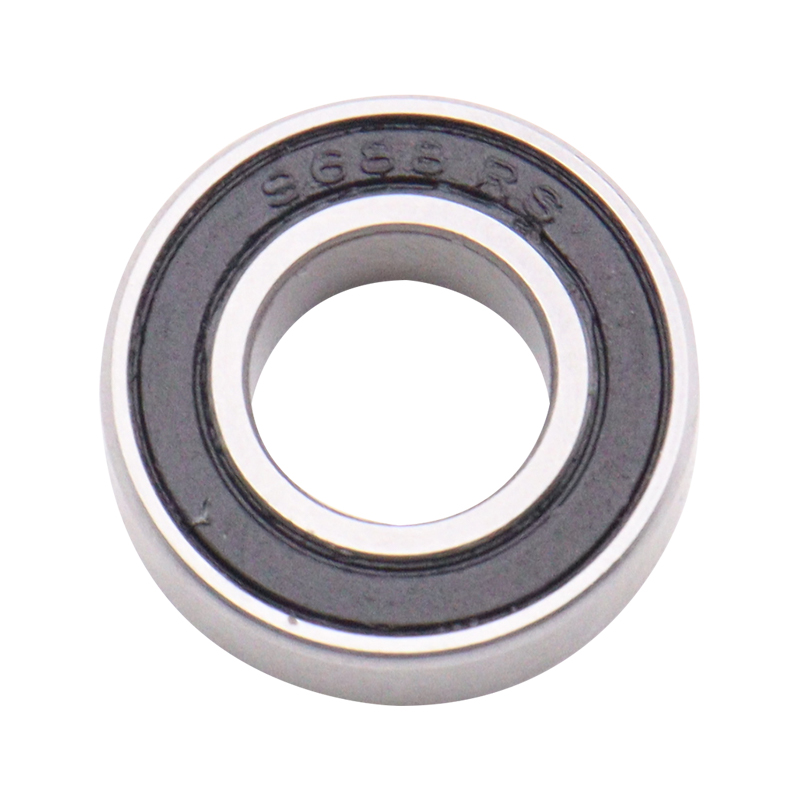
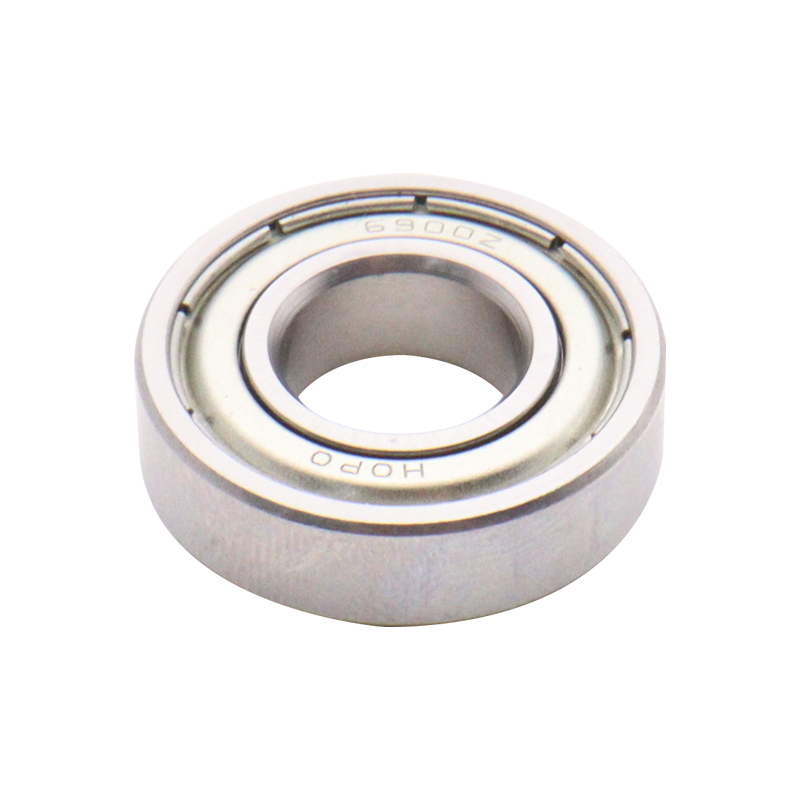
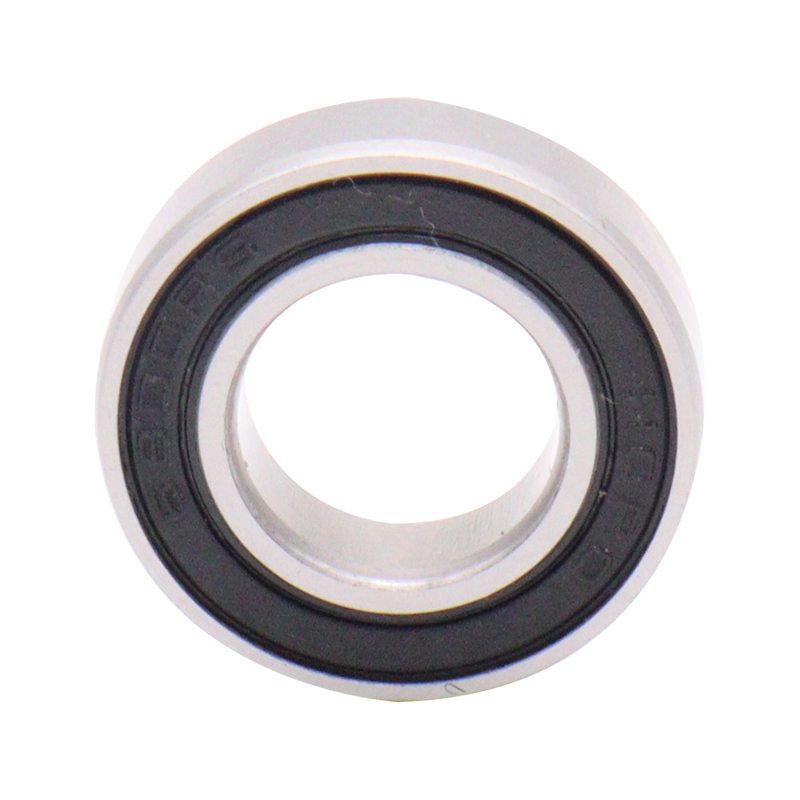
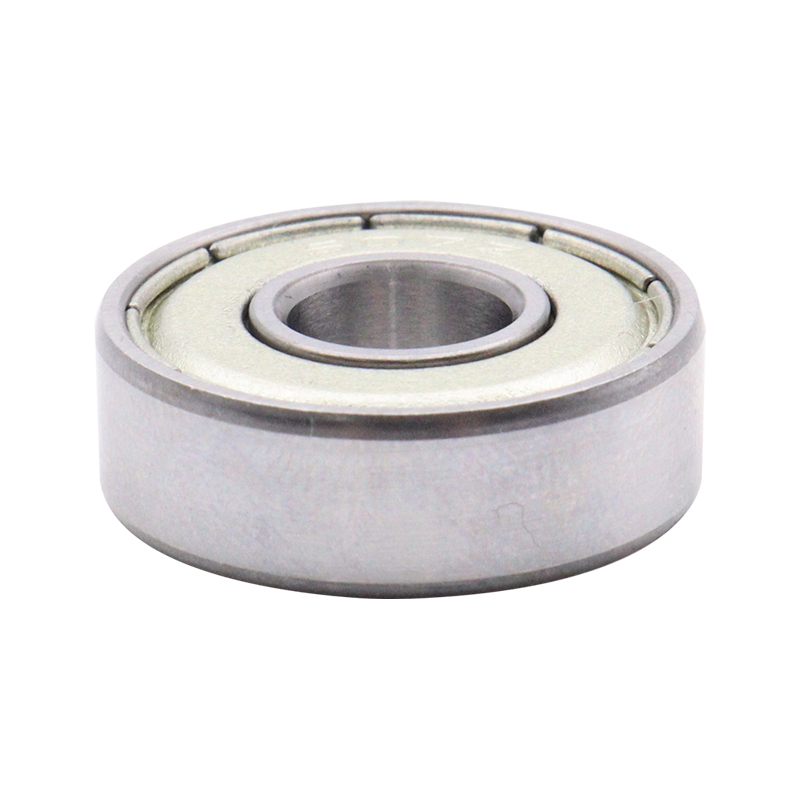
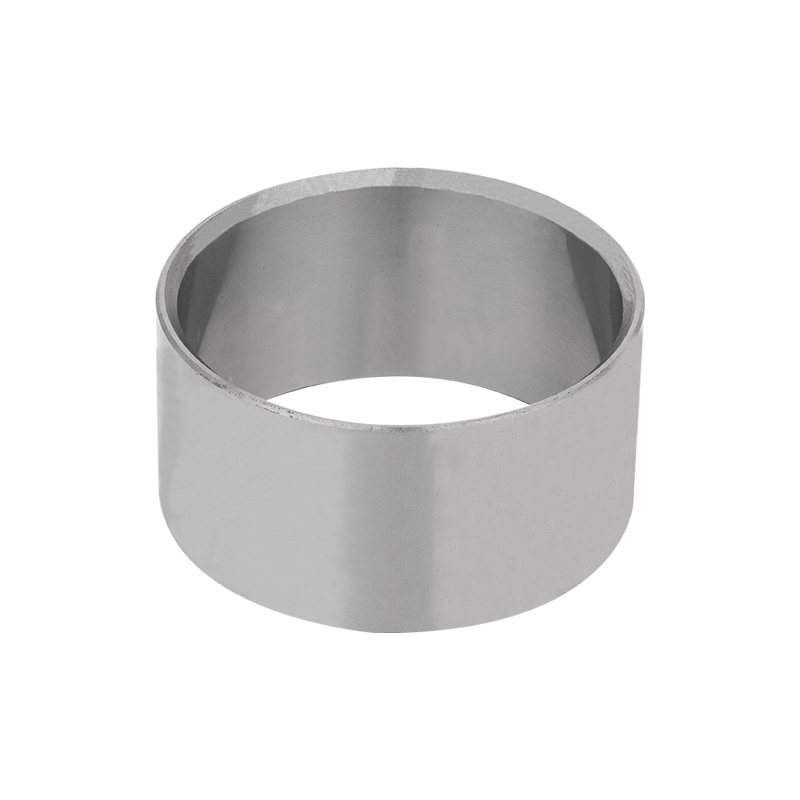
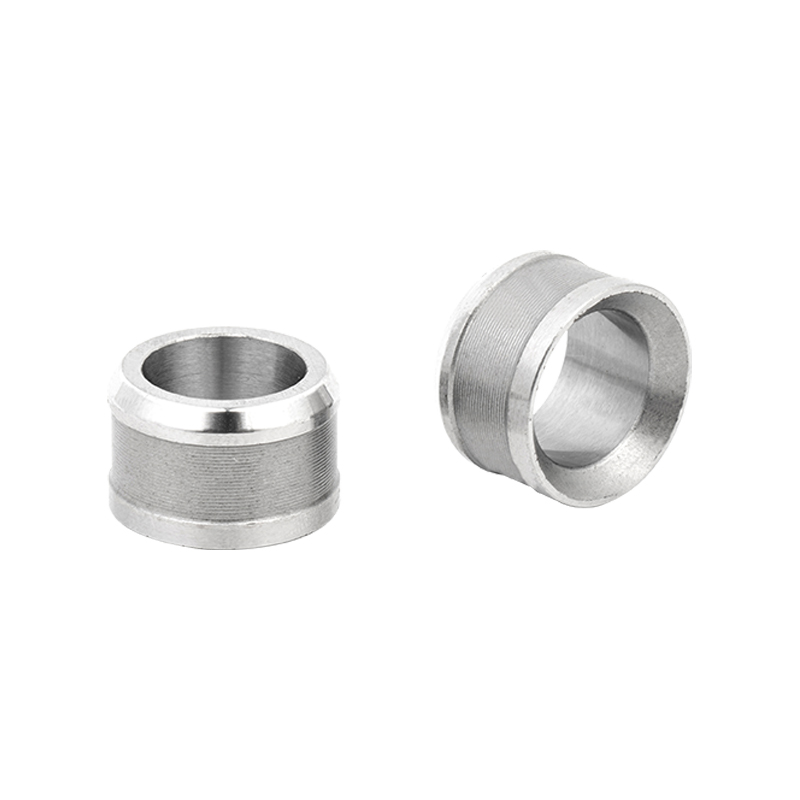
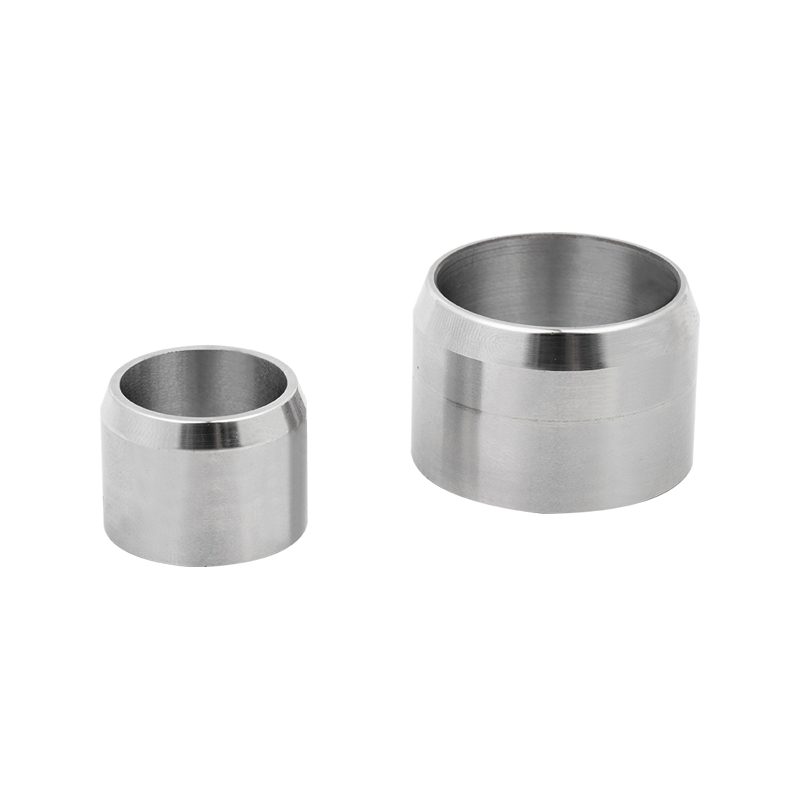
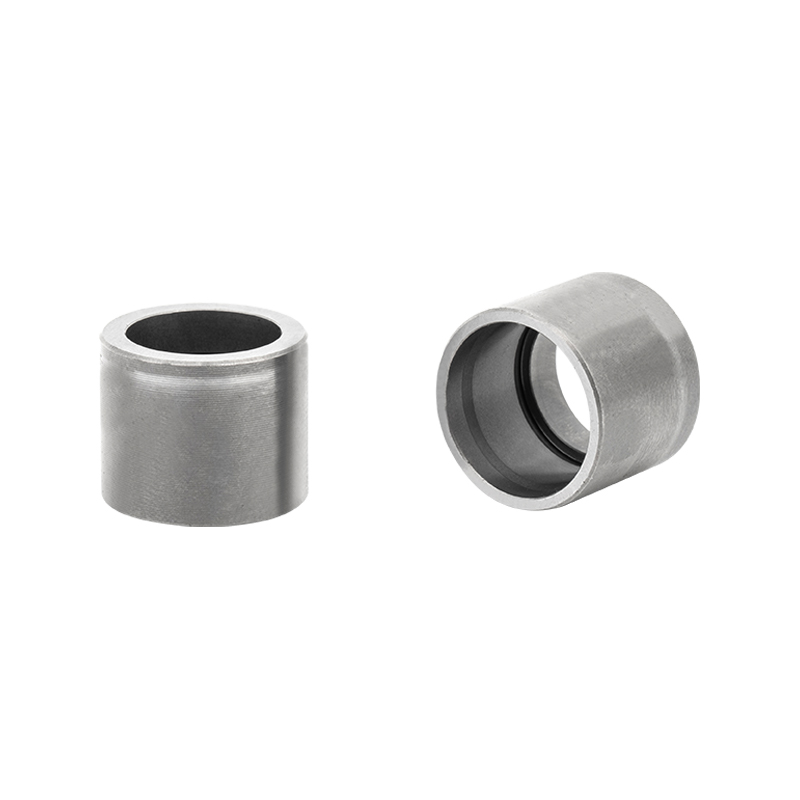
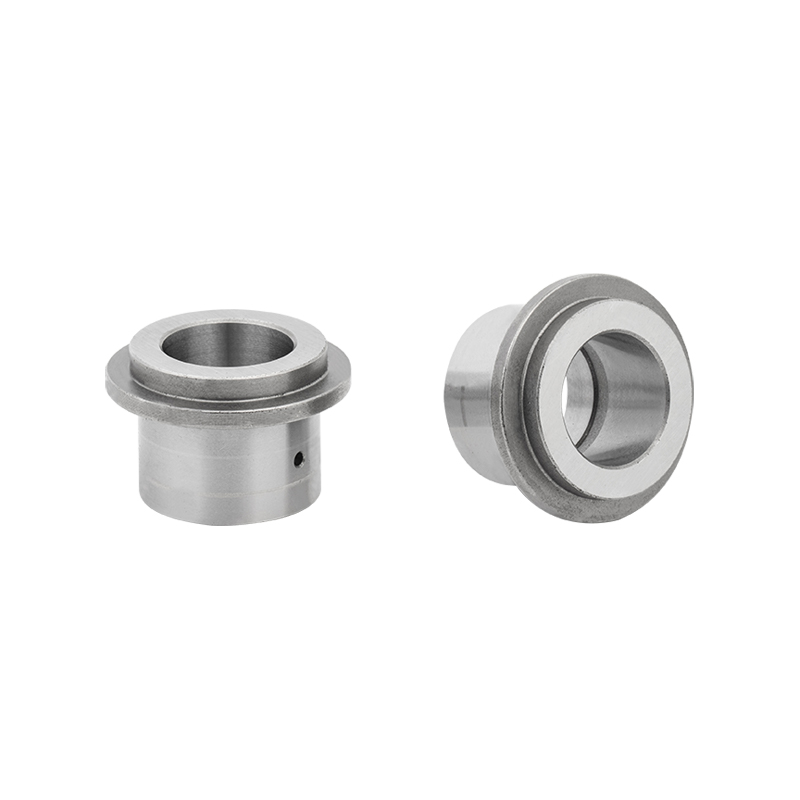

 Download Catalog
Download Catalog
